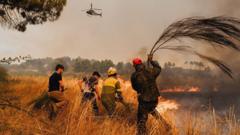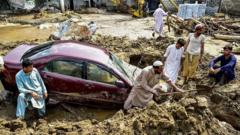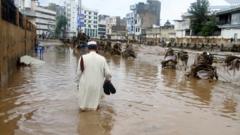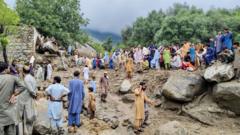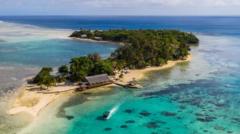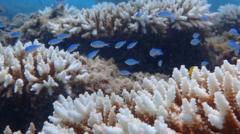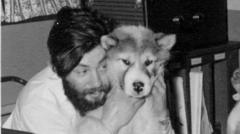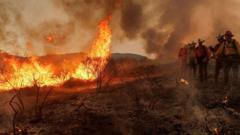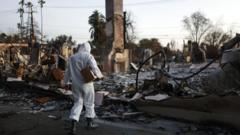The recent discovery of the city of Peñico highlights its role as a crucial trading hub connecting various ancient communities in Peru, offering insight into the evolution of pre-Columbian societies.
Ancient Trading Hub Discovered: 3,500-Year-Old City Unearthed in Peru

Ancient Trading Hub Discovered: 3,500-Year-Old City Unearthed in Peru
Archaeologists unveil Peñico, a significant ancient city that sheds light on early civilizations and trade networks in the Americas.
Archaeologists have announced the exciting discovery of a 3,500-year-old city named Peñico in Peru's northern Barranca province. This ancient city, believed to have served as a key trading hub, connected early communities along the Pacific coast with those residing in the Andes mountains and Amazon basin. Situated approximately 200 km north of Lima, Peñico is located about 600 meters (1,970 feet) above sea level and is thought to have been established between 1,800 and 1,500 BC, around the same time that ancient civilizations were rising in the Middle East and Asia.
Drone footage released by researchers showcases a circular structure at the city's center, surrounded by the remains of both stone and mud buildings. Over eight years of investigation at the site have yielded 18 different structures, including ceremonial temples and residential complexes. Archaeologists have unearthed ceremonial artifacts, clay sculptures depicting humans and animals, and intricate necklaces made from beads and seashells.
The city of Peñico is located near Caral, recognized as the oldest known civilization in the Americas, which emerged 5,000 years ago around 3,000 BC in the Supe valley. Caral is notable for its 32 monumental structures, inclusive of pyramid complexes, advanced irrigation methods, and urban settlements—developing in isolation from other major early civilizations such as those found in India, Egypt, Sumeria, and China.
Dr. Ruth Shady, who led the recent research on Peñico as well as the excavation of Caral in the 1990s, emphasized the discovery’s importance for understanding the fate of the Caral civilization following its decline caused by climate change. According to Dr. Shady, the Peñico community boasted a strategically advantageous position for trade and interactions among coastal societies, highland populations, and jungle communities.
During a news conference that unveiled these pivotal findings on Thursday, archaeologist Marco Machacuay, affiliated with the Ministry of Culture, remarked on Peñico's significance in continuing the legacy of Caral's society. Peru remains home to some of the Americas' most remarkable archaeological discoveries, such as the Inca citadel of Machu Picchu and the enigmatic Nazca Lines carved into the central coastal desert.

